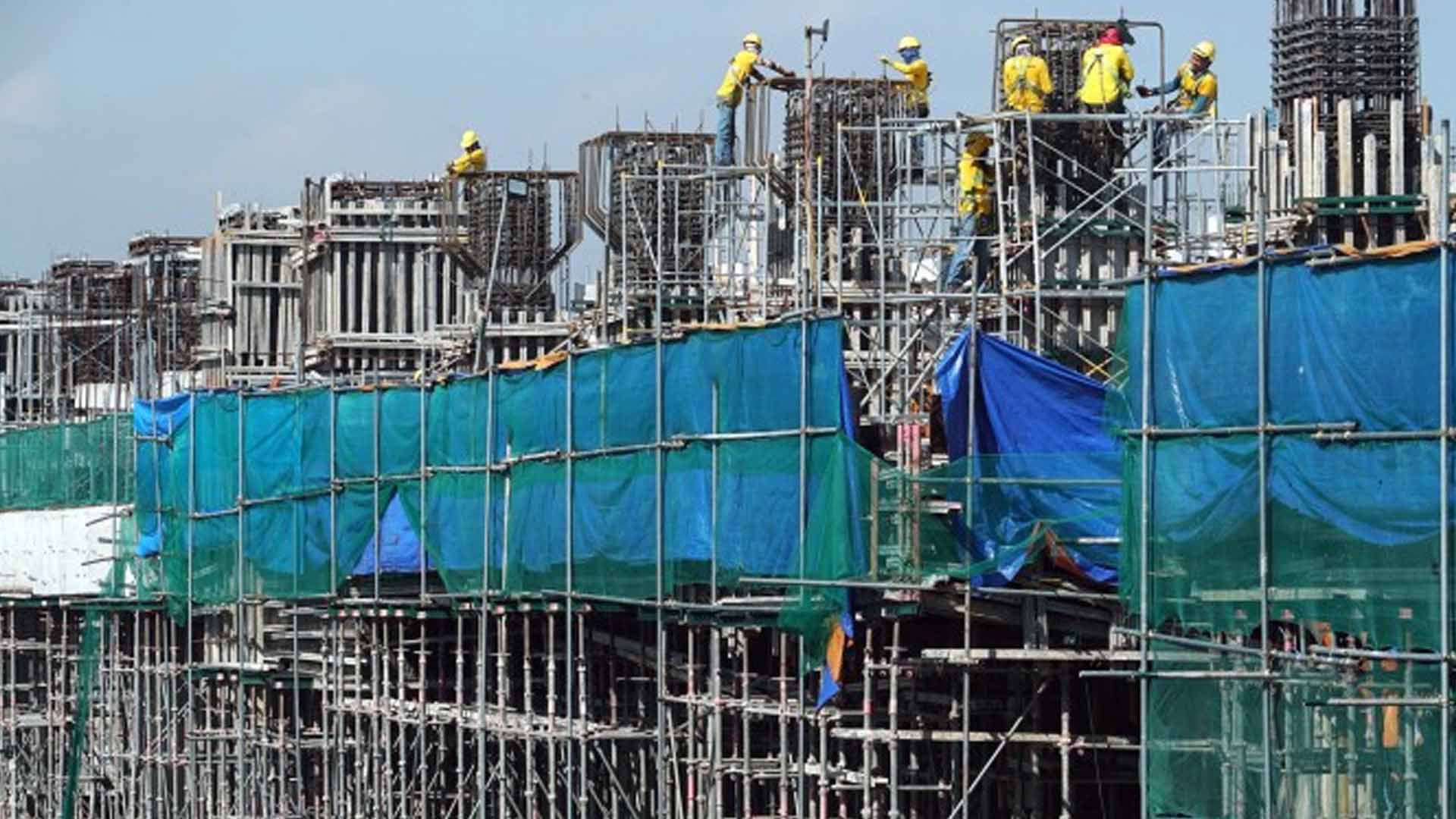The continued expansion of the Philippine economy will get a further boost from the PHP8.3-trillion “Build Better More” Program, with President Ferdinand R. Marcos Jr. underscoring that the bulk of the 194 infrastructure projects are new projects.
In his second State of the Nation Address (SONA) on Monday, the President said infrastructure investments will continue to account for around 5 to 6 percent of gross domestic product (GDP), sustaining the rise from the previous administration.
These projects include those for physical connectivity, which account for 83 percent of the total; water resources, agriculture, health, digital connectivity, and energy.
“The underlying logic to our infrastructure development is economic recovery. We are opening up all gateways to mobilize goods and services at less cost and in less time, and ultimately, to drive the economy,” Marcos said.
Infrastructure investment is considered as a solid backing for the economy given its long-term impact that can sustain the economy’s expansion.
The current government’s growth assumption for this year ranges between 6 to 7 percent.
In the first three months of the year, economic growth, as measured by GDP, rose by 6.4 percent, exceeding projections, which the President said “is a testament to our strong macroeconomic fundamentals.”
In 2022, the domestic economy grew by 7.6 percent, exceeding the government’s 6.5 to 7.5 percent assumption and the highest in 46 years.
“We are still considered to be among the fastest-growing economies in the Asian region and the world,” Marcos said.
Marcos said the road projects included in the government’s infrastructure investments “must link not only our three major islands, but all prospective sites of economic development.”
Among these projects are the 1,200-kilometer Luzon Spine Expressway Network Program that will connect provinces from Ilocos to Bicol and is expected to lessen travel time from 20 hours to nine hours; and the Mega-Bridge Program that involves the construction of 12 bridges such as the Bataan-Cavite Interlink Bridge, the Panay-Guimaras Negros Island Bridges, and the Samal Island-Davao City Connector Bridge.
As of last June, Marcos said the government built, maintained, and upgraded over 4,000 kilometers of roads and around 500 bridges nationwide.
He said crucial airport and port development projects were also completed and these included the Pier 88 smart port in Liloan, Cebu and the new passenger terminal buildings of Clark Airport and the Port of Calapan.
Railway projects included in the infrastructure investment have a total length of more than 1,000 kilometers and these included the North-South Commuter Railway System, which is expected to reduce travel time from Pampanga to Laguna from four hours to just two hours.
Marcos said the priority is for intermodal connectivity since this “will provide access and passage to vital and bustling economic markets, such as agriculture hubs, tourism sites, and key business districts.”
These investments, he said, are among the reasons for the tax collection improvement bid.
Marcos said the Bureau of Internal Revenue (BIR), which collects around 70 percent of estate revenues, registered record collections of PHP1.05 trillion in the first five months this year, up by 10 percent compared to the same period last year.
The collections of the Bureau of Customs (BOC) also grew by 7.4 percent year-on-year as of end-July this year to PHP476 billion.
Revenues of the Philippine Amusement and Gaming Corporation (PAGCOR) rose by 47.9 percent and that of the Philippine Charity Sweepstakes Office (PCSO) by 20 percent since July 2022, Marcos said.
Funds from these agencies are collected to help finance the government’s public investments, he said.
“We, therefore, seek once again the continued support of Congress to enact into law the policies and reforms under our fiscal framework,” he said.
Marcos said that “for strategic financing, some of the nation’s high-priority projects can now look to the newly established Maharlika Investment Fund, without the added debt burden.”
“In pooling a small fraction of the considerable but underutilized government funds, the Maharlika Fund shall be used to make high-impact and profitable investments, such as the Build Better More program. The gains from the Fund shall be reinvested into the country’s economic well-being,” he added. (PNA)







